White House trade adviser Peter Navarro warned that China is in a “zero-sum game” with the rest of the world on trade. And he emphasized that “we have to defend ourselves,” as China is “attacking our crown jewels” with technology intellectual property theft.
But at the same time, he downplayed the impact of trade war with China. He said that “we got two economies that add up to around $30 trillion in annual GDP. The amount of trade we’re affecting with the tariffs is a rounding error compared to that.”
And, he added that “it’s much less disruptive than these headlines would suggest, and it’s much more constructive as we see the adjustments made in terms of where investment is going to go and where we’re going to build.”
So that means, Navarro admitted that Trump’s trade policy is disruptive.




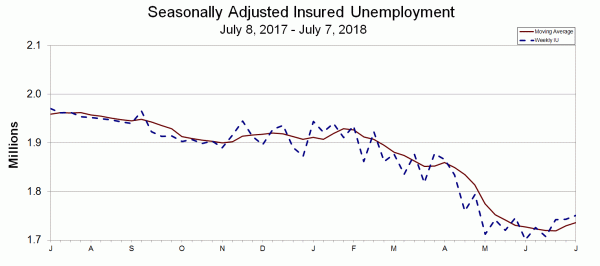
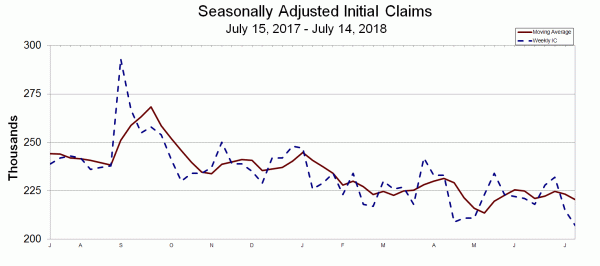
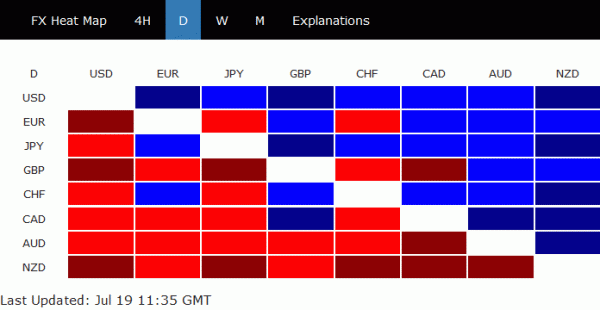
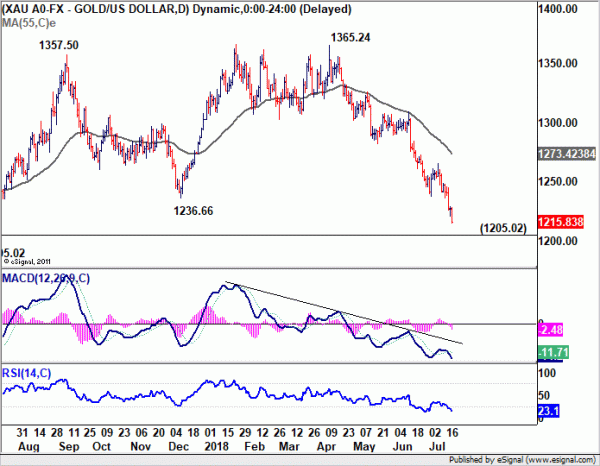
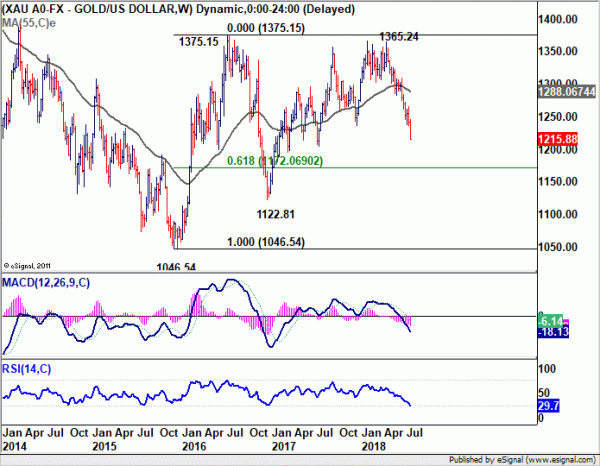
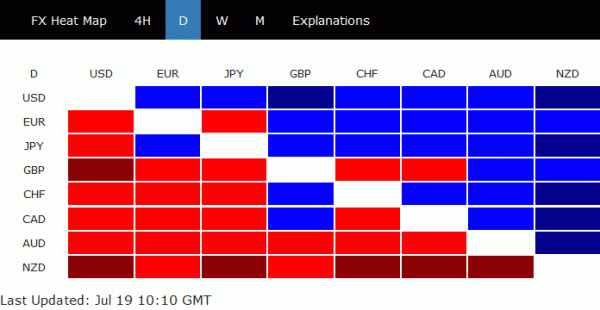
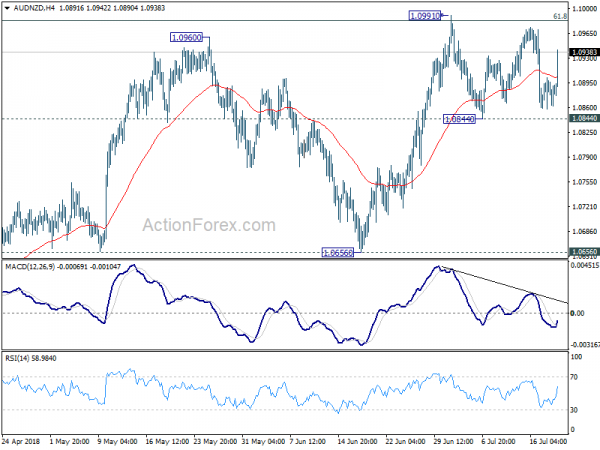
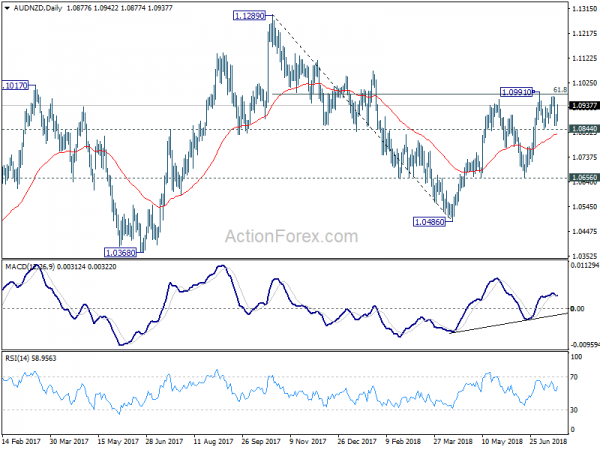
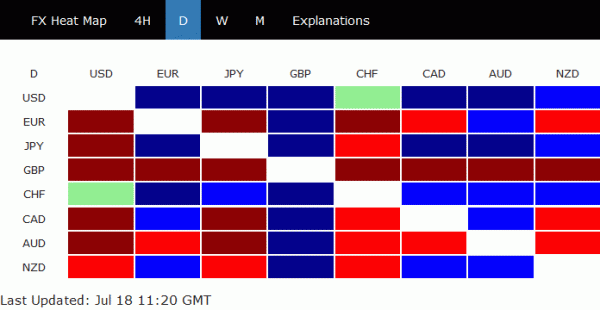
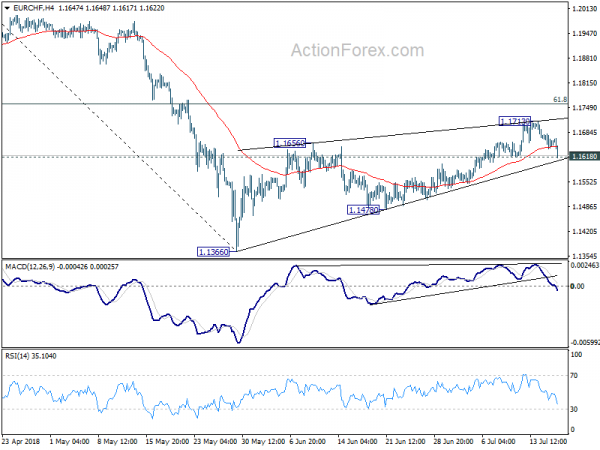
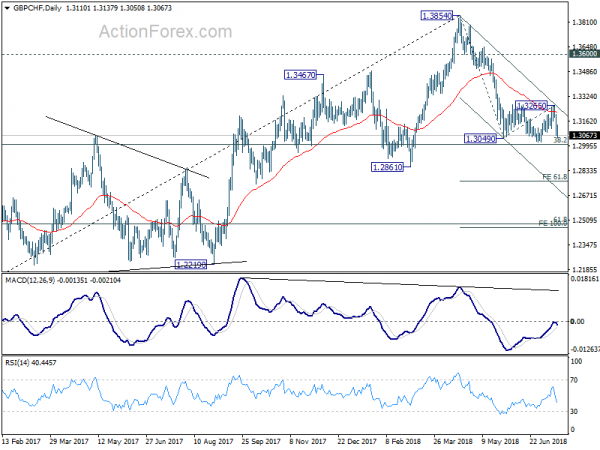
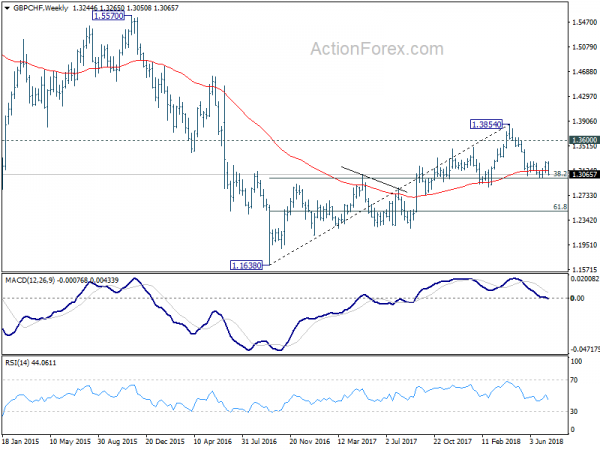
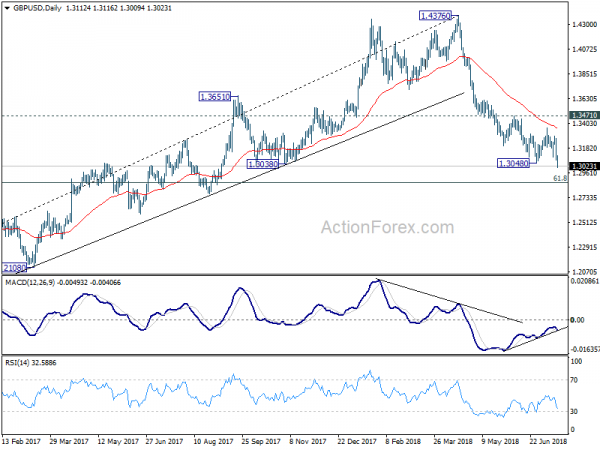

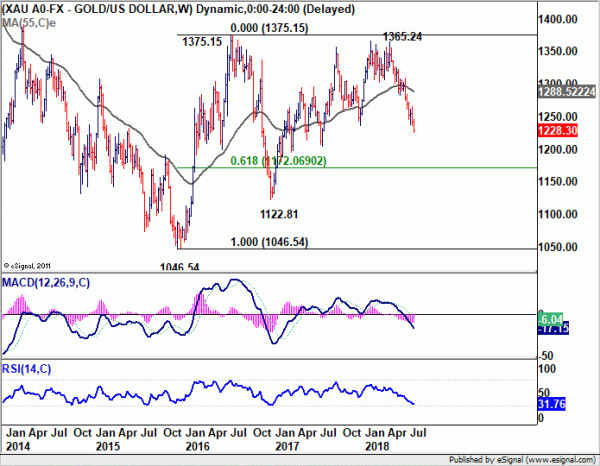
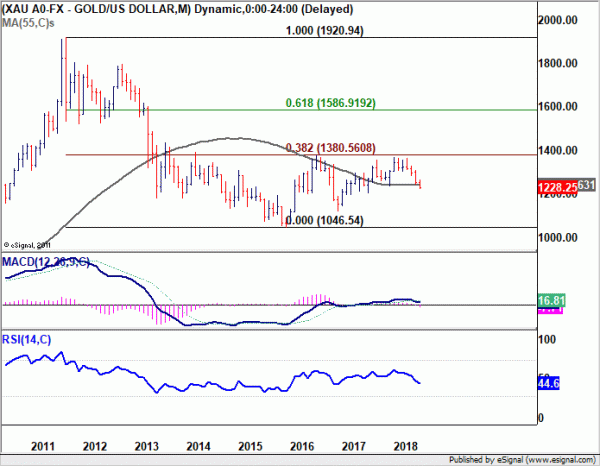

Canada MacNaughton to Trump, NAFTA is a tripartite agreement, we’d like to keep it that way
Canada’s ambassador to the US David MacNaughton said in a CBC Radio interview that Trump has been “pretty consistent in his distaste for multilateral deals.” And, “from the outset President Trump has articulated a desire to do bilateral deals rather than multilateral deals so his comment wasn’t a tremendous surprise.” MacNaughton referred to Trump’s comment on Wednesday that he might make a trade deal with Mexico and do another one with Canada later.
But MacNaughton emphasized that “(NAFTA) is a tripartite agreement, we’d like to keep it that way … I am still fully confident we are going to end up with a trilateral deal and not two separate bilateral deals.”
He also said that “Canada doesn’t fit in that category” which posts legitimate security threats to the US. And, “I can’t imagine how you could use national security as a guise for imposing illegal tariffs on another country.”